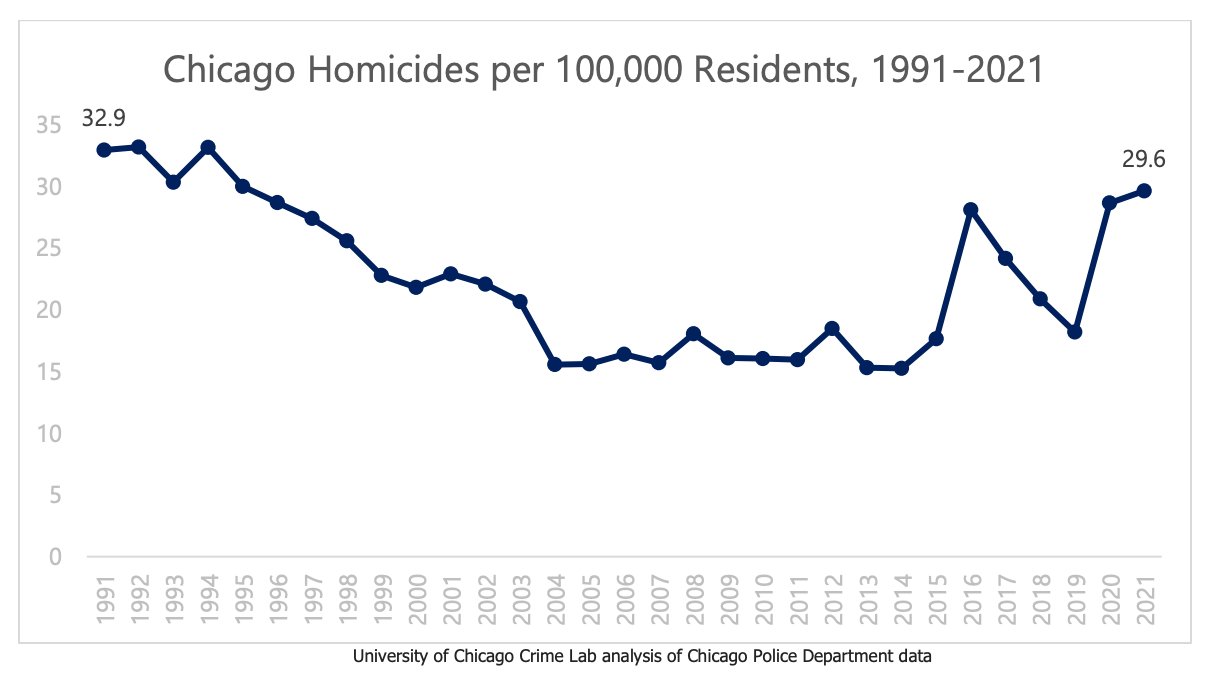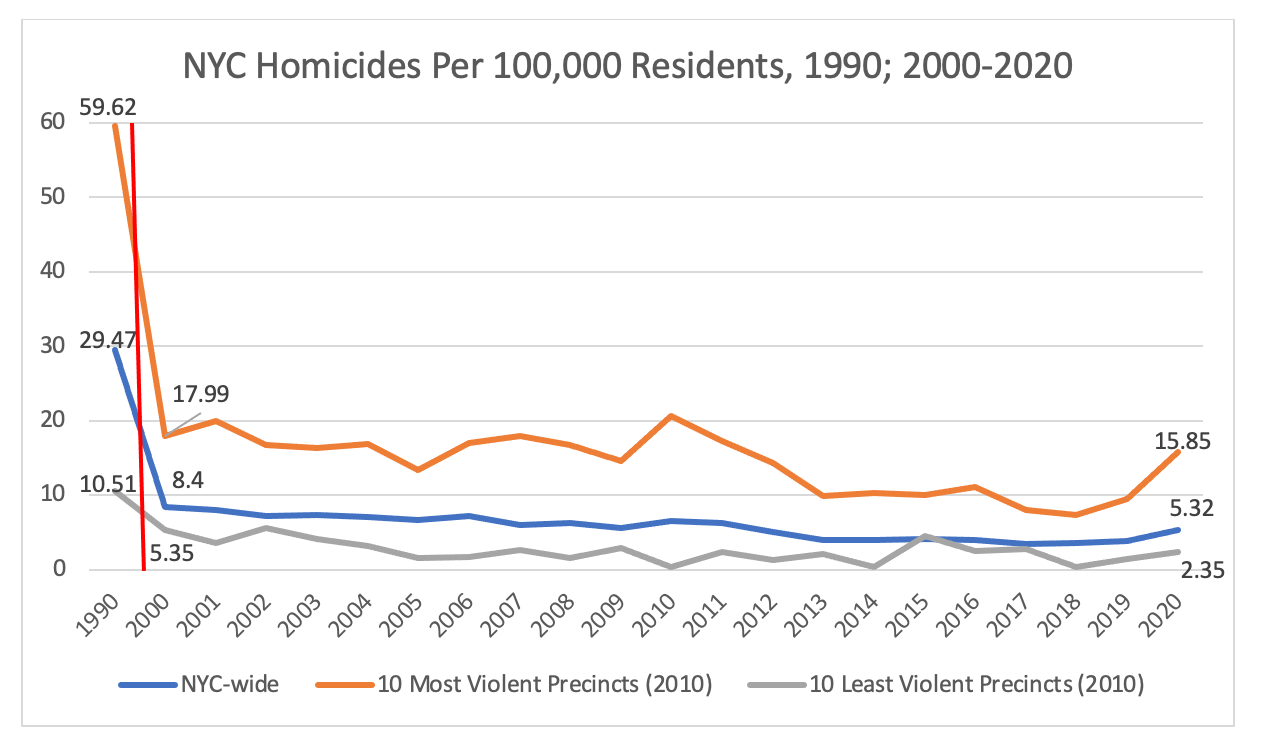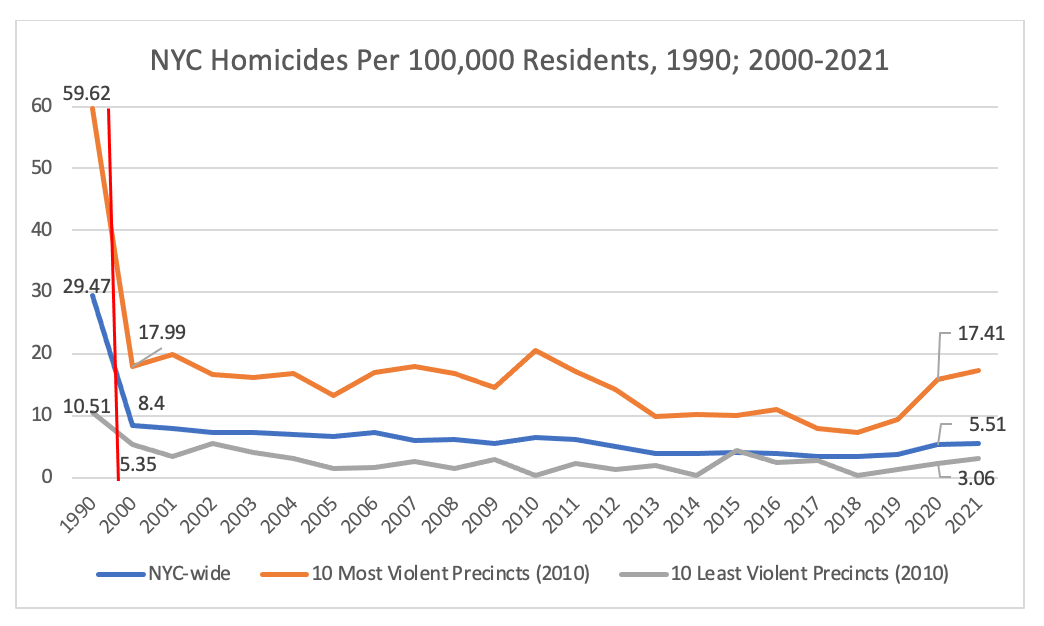Here, the differences between the two efforts are not as pronounced. There is some representation from both researchers/academics/professors and civil rights/community organizations in Trump’s/Barr’s commission; however, it is below the representation provided by Obama’s Task Force.
I thank Ryan Reilly at The Huffington Post for consistently reporting about these developments. For those interested in reading more, please consult the following link.
Here is where I found the information on the Co-Chairs and Members, Commissioners, and those participating in the listening sessions:
Link 1 & Link 2
And here is my coding of both federal efforts (asterisks denote difficulty coding):
Obama’s Co-Chairs & Members (n = 11)
Current/former LE, practitioners (n = 5; 36%): Ramsey, Alexander, Rahr, Smoot, Villasenor
Researchers/Research Orgs, Academics, Law Professors (n = 2; 18%): Robinson, Mears
Civil Rights, Community Orgs, Community members (n = 4; 36%): Lopez, Packnett, Rice, Stevenson
Obama’s Public Listening Sessions (n = 121)
Current/former LE, practitioners (n = 52; 43%): Beary, Canterbury, Peralta, Stanek, McHale, Medlock, McDonald, Primas, Beck, McCarthy, Monroe, Whent, Aziz, Harrell, O’Connor, Miller, Rainey, Van Houten, Cohen, Talucci, Aden, Batts, Blackwell, Magnus, Melvin, Bethel, Thomson, Turner, Crawford, Smith, Ciechanowski, Johnson, Tucker, *Winegar, *Danielson, Ortolano, Schofield, Flynn, Hutchens, Jacobs, Layton, Lipman, Orr, Castor, Demings, Eastman, Bryant, Thompson, Magaw, Pasco, Smith, McDonnell,
Researchers/Research Orgs/Academics/Law Professors (n = 30; 25%): Eberhardt, Ogletree, Tyler, Walker, Alpert, Wexler, Bueermann, Keesee, *Lewinski, White, Spiker, *Stevens, *Geller, Jones-Brown, Rosenbaum, Skogan, Kennedy, Hansford, Decker, *May, Scrivner, *Brown, Duport, Miller, Ramey, Violanti, Goff, Nagin, Sherman, Travis
Civil Rights/Community Orgs, Community members (n = 31; 26%): Perez, St. Germain, Winkler, Ifill, Kumar, Murphy, Reddy, Robinson, *Buchner, Charney, Brown, Gorenberg, Miller, Grewal, McKesson, Jones, Brown, Coleman, Gonzales, Luckey, Peart, Reynolds, Bones, Fowler, Harley, Ritchie, Sarsour, Friedman, *Serpas, *Floyd, Bernhard,
DA/prosecutors (n = 3; 2%): Gill, *Schrier, Zakhary,
Politicians (mostly mayors) (n = 4; 3%):Johnson, Nutter, Rawlings-Blake, Freeman-Wilson,
Other (n = 1; 0.8%):Scott Greenwood (Attorney)
Trump/Barr Commissioners (n = 18)
Current/former LE, practitioners (n = 12; 67%): Keith, Bowdich, Clemmons Jr., Evans, Frazier, Gualtieri, Hawkins, Lombardo, Ramsay, Rausch, Samaniego, Smallwood
Researchers/Research Orgs, Academics, Law Professors (n = 0; 0%)
Civil Rights, Community Orgs, Community members (n = 0; 0%)
DAs/prosecutors(n = 6; 33%): Sullivan, MacDonald, Moody, Parr, Price, Washington
Trump/Bar Working Groups/Testimony (n = 182)
Current/former LE, practitioners (few = broader: probation, corrections): Gross, Nooner, Yoes, Faris, Casstevens, Juday, Martin, McMahon, Shimko, Barnes, Penzone, Brown, Redd, Sena, Koutoujian, DeLacy, Blasher, Skinner, Anderson, Thomson, Chittum, Neudigate, Hart, Mateo, Hawkins, Jones, Cohen, Stirling, Craig, Ruocco, Partridge, Amon, LeValley, Roessler Jr., Kauffman, Louderback, Newman (chief of security-school), Canady, Waybourn, Lemmer, *Lowden, Hardy, Brown, Wetzel, Sanders, Perkins, Johnson, Cunningham, Bourgerie, Bradshaw, Brueggemann, Johnson, Napier, Harrison, Moir, Keller, Letteney, Dannels, Glick, Lake, Rourke, Blake, Denke, Blasher, Ranalli, Sult, Kruithoff, McDonnell, *Serpas (can also be researcher-Loyola U), White, Gabliks, Chitwood, Register, Adkinson, Hughes, Bourgeois, Niski, Gualtieri, Stawinski, Brown, Cosme, Young, Acevedo, *Marvel (PORAC), McHale, Cook, Slaughter, (n = 87; 48%)
Public defenders: Burkhart, Wilson, Martinez, Martinez (n = 4; 2%)
Judges: Lilly, Irwin (Judge, juvenile court) (n = 2; 1%)
Researchers/Research Orgs, Academics, Law Professors (n = 24; 13%): King, Robinson, Humphreys, *James (NAMI), *Gamette (forensics), Garrett, Bruegge (Physical Scientist), *Hounakey, Koufos, Duwe, *Wright II, Sheer, Yankowski, Alpert, Cordner, MacDonald, Engel, Mangual, Heriot, Turley, Fridell, Klinger, *Pannell (Director, Police Training & Edu-LAPD), Sheppard,
Civil Rights, Community Orgs, Community members: Bernard, Gonzalez, Bilyeu, Griffith, Alexenko, Clark, Davis (superintendent-school), Iorio, Salem, Phipps, Clark, Johnson, Guy, Khalif, *Hutson (President-NACOLE), Guardiola, Gilzean, Hayes-Greene, Turner, Harrison, Hutchins, Ballabon, Moline, Shareef, (n = 24; 13%)
These = LE-related groups: Solomon, McCarthy, Samuels, Castellano (n = 4; 2%)
Unknown/difficulties to code (public officials?) (n = 6; 3%):Snook, *Ashmen (hearing 2, part 2); *Brinkman (Director of the Office of Criminal Justice Programs, Tennessee Department of Administration and Finance); *Allis (National Congress of American Indians); *Addington (Director-B of Indian Affairs); *Korthuis (Association of Village Council Presidents); *Reimer (Nat Association of Criminal Defense Lawyers)
DAs & US Attorneys (AGs) (n = 28; 15%): Patterson, Marbut, Fox, Stuart, Herdman, Nelson, Terwillinger, Sini, Hertel, Vance Jr., Mosler, Jinks (DOJ Office of Legal Policy), Kyker, Pak, Parsons, Laurenz-Bogue, Schroeder, Shores, Alme, Dunn, Rutledge, Olsen, Blodgett, Meese III., Mukasey, McSwain, Scott, Trutanich,
Medical Doctor (of PDs) (n = 3; 2%): Coyne, Eastman, Miller,


































